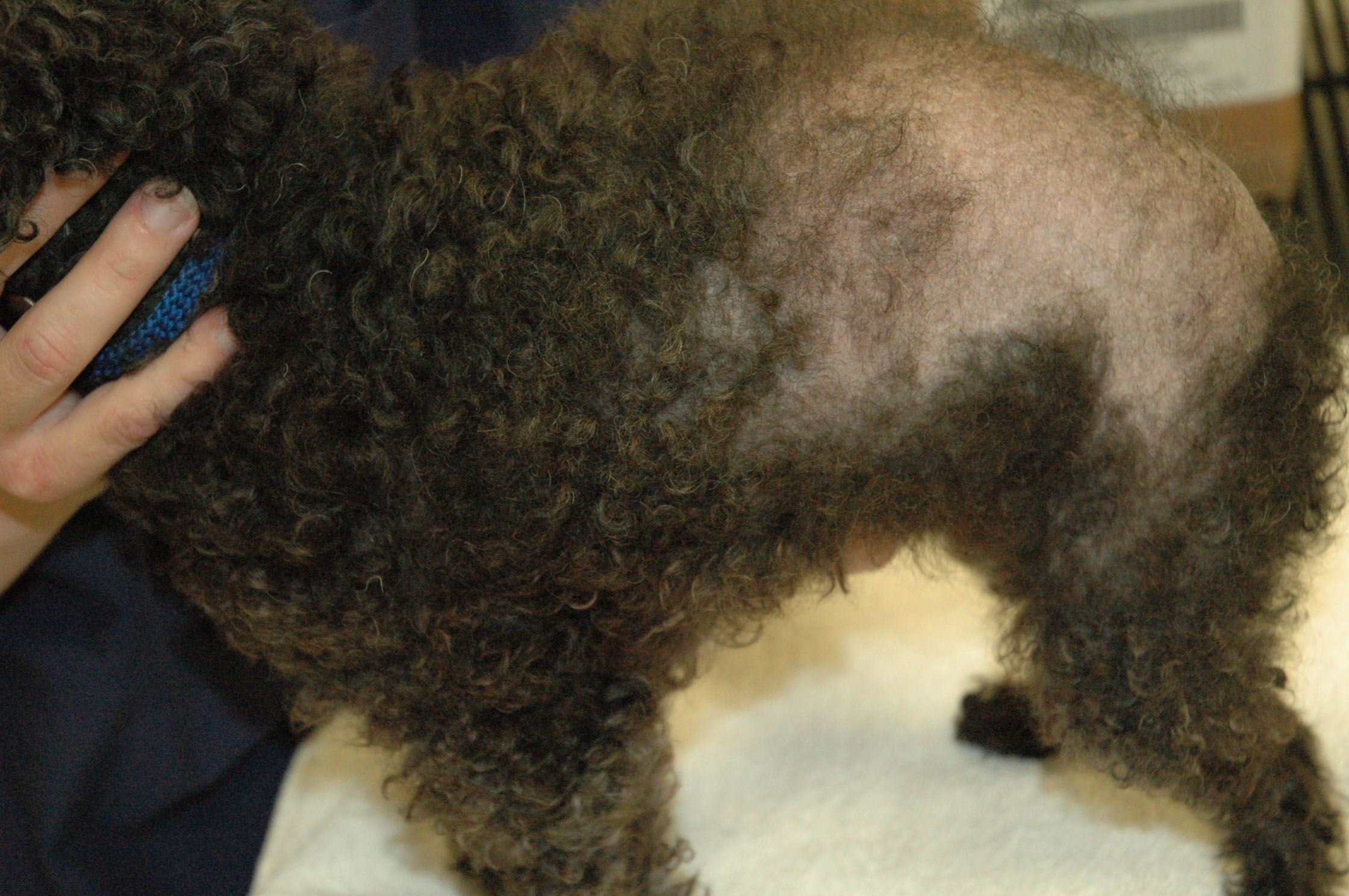FDA Cautions Pet Owners About Buying Meds Online
The Food & Drug Administration has issued a warning to pet owners who purchase pet medication without the care and guidance of a veterinarian.
“Discount pets drugs-no prescription required” may sound appealing to pet owners surfing the web for the lowest cost, but it may come at price.
According to Martine Hartogensis, DVM, deputy director of the Office of Surveillance and Compliance in the FDA’s Center for Veterinary Medicine, some of the internet sites selling pet drugs represent legitimate, reputable pharmacies. But the FDA has found companies that sell unapproved pet drugs and counterfeit pet products, make fraudulent claims, dispense prescription drugs without requiring a prescription and sell expired drugs.
A foreign or domestic pharmacy may claim that one of its veterinarians on staff will “evaluate” the pet after looking over a form filled out by the owner, then prescribe the drug. “A veterinarian should physically examine the animal prior to making a diagnosis to determine the appropriate therapy,” says Hartogensis.
One of the drugs of special concern are nonsteroidal anti-inflammatory drugs (NSAIDs). Veterinarians often prescribe NSAIDs to relieve pain in dogs, but should not be purchased without a veterinarian’s involvement because dogs should undergo blood testing before starting NSAIDs, dogs need to be monitored by a veterinarian while on NSAIDs and your veterinarian should discuss possible side effects of NSAIDs with the owner.
To see the full article please go to
www.fda.gov/downloads/ForConsumers/ConsumerUpdates/ucm115432.pdf
Download the print version to see pet events in your area! (Adobe Reader required.)
Flea Bite Hypersensitivity

Fleas are small, brown and wingless insects that feed on the blood of their hosts. Often dogs and cats are the hosts and most often affected on the rump, back legs and tail. Cats can have crusted sores on the back, head and neck and ulcers on the lip. Fleas are also fond of opossums and raccoons and other species of animals related to dogs and cats.
Many dogs and cats have fleas and show little discomfort. But it is when they develop an allergy to the flea bite that signs of discomfort become visible such as scratching, biting or chewing and depending on the degree of allergy it can range from minor to severe. Other signs include hot spots, hair loss, dandruff, poor coat and rashes. Interestingly, dermatologists report that adult fleas are only found on 50% of the pets at examination, yet, at close examination allergic pets will show evidence of fleas, such as dried blood or flea eggs. Therefore, the absence of fleas does not mean that the pet is not suffering from a flea bite allergy.
Pets constantly groom themselves and may remove the flea from his body but not after the flea has bitten him up to 50 times daily! It is these bites that continue to irritate the pet up to 10 to 14 days after the bite occurs.
Owners are reminded that their fastidiously clean homes indeed do not harbor fleas but their pet may have been in area outside the house that contains fleas. Even in a hot and dry locale where one does not normally encounter fleas, microclimates such as golf courses or parks within might maintain a constant damp environment that may allow fleas to thrive.
There are drugs that will reduce itching, but it will not kill fleas. Complete control of fleas and their juvenile forms is critical for management of signs of Flea Allergy. There are numerous oral and topical therapies that can be prescribed by your veterinarian for best control of fleas in your environment.
Source: David D. Duclos, Canine & Feline Skin Diseases
Rusty Muse, DVM, ACVD Animal Dermatology Clinic
Download the print version to see pet events in your area! (Adobe Reader required.)

 Did You Know?
Did You Know?
 Fleas are small, brown and wingless insects that feed on the blood of their hosts. Often dogs and cats are the hosts and most often affected on the rump, back legs and tail. Cats can have crusted sores on the back, head and neck and ulcers on the lip. Fleas are also fond of opossums and raccoons and other species of animals related to dogs and cats.
Fleas are small, brown and wingless insects that feed on the blood of their hosts. Often dogs and cats are the hosts and most often affected on the rump, back legs and tail. Cats can have crusted sores on the back, head and neck and ulcers on the lip. Fleas are also fond of opossums and raccoons and other species of animals related to dogs and cats.